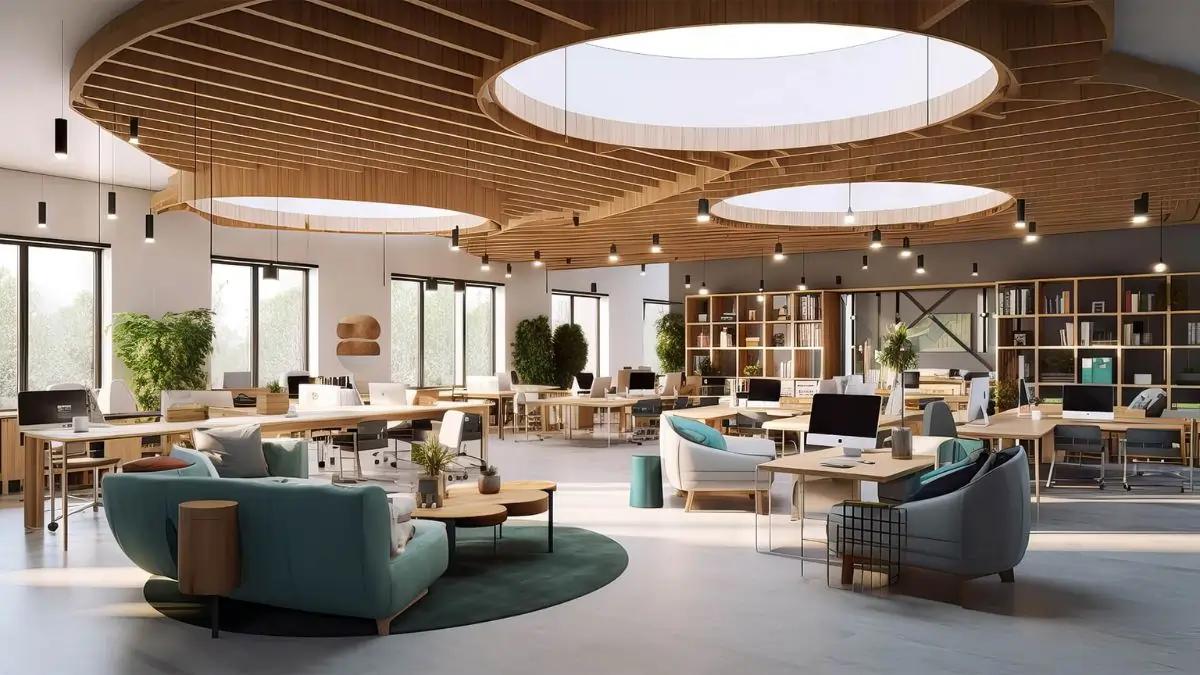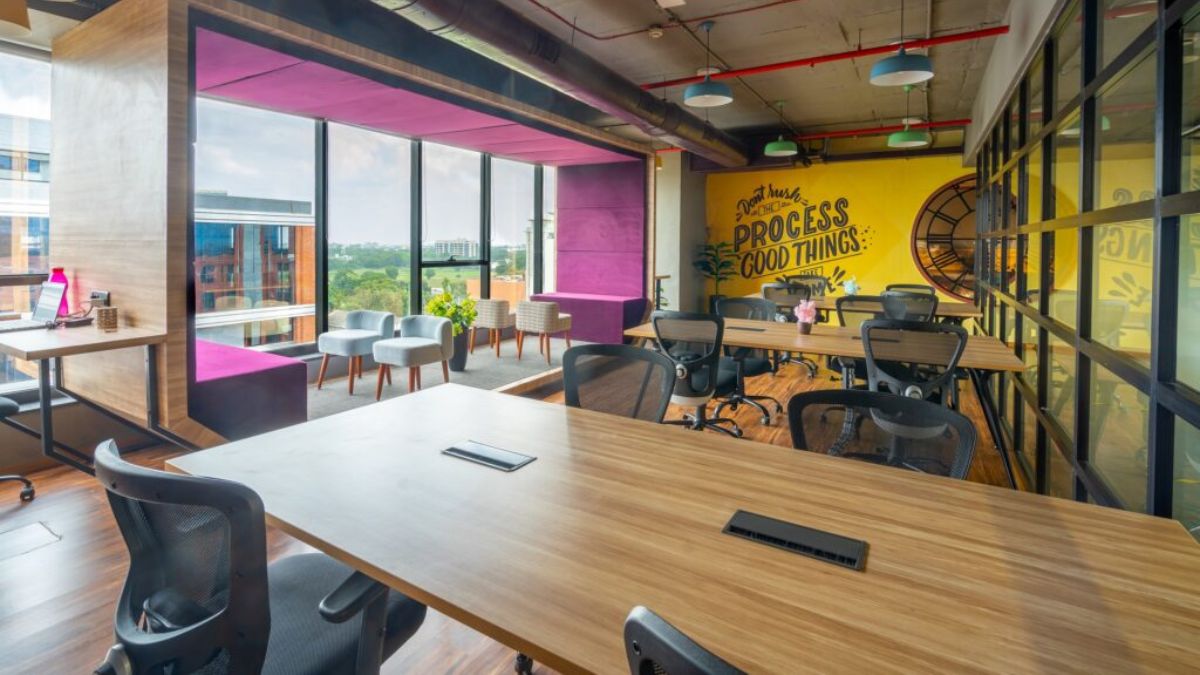Coworking spaces have become an integral part of modern work culture, offering flexible solutions for freelancers, startups, and even large corporations. As the nature of work evolves, so do coworking spaces, adapting to meet the changing demands of professionals worldwide. In 2025, several transformative trends are shaping the future of coworking. Here’s a closer look at what lies ahead.
1. Rise of Hybrid Workspaces
The hybrid work model is here to stay, blending remote and in-office work. Coworking spaces are evolving to accommodate this trend, offering flexible membership plans tailored to part-time and occasional users. Businesses are increasingly partnering with coworking providers to give employees access to regional hubs, enabling collaboration without the need for permanent office leases.
Key Features:
- Pay-as-you-go membership plans.
- Short-term leases for teams.
- Integrated virtual collaboration tools.
2. Tech-Driven Experiences
Technology is at the heart of the coworking revolution. In 2025, expect coworking spaces to feature state-of-the-art tech amenities:
- Smart Office Solutions: IoT-enabled desks, temperature control, and booking systems ensure seamless experiences.
- Virtual Reality (VR) Workstations: Designed for immersive meetings and training sessions.
- AI-Powered Networking: Apps connecting professionals within coworking networks based on skills and interests.
3. Sustainability and Eco-Friendly Spaces
Sustainability is no longer optional; it’s a priority. Coworking providers are focusing on eco-friendly designs, incorporating natural light, energy-efficient appliances, and recycling initiatives. Many are also introducing green certifications to attract environmentally conscious clients.
4. Niche Coworking Communities
General coworking spaces are giving way to niche communities catering to specific industries:
- Creative Spaces: Designed for artists, designers, and photographers with specialized equipment.
- Tech Hubs: Featuring advanced tech infrastructure for developers and startups.
- Wellness-Focused Workspaces: Including yoga rooms, meditation areas, and wellness programs.
By fostering communities of like-minded professionals, these spaces provide a sense of belonging and targeted networking opportunities.
5. Wellness and Mental Health Integration
Employee well-being is a critical focus in the future of coworking. Amenities like ergonomic furniture, quiet zones, and on-site counseling services are becoming common. Coworking providers are investing in holistic experiences that prioritize mental health and productivity.
6. Expansion to Suburban Areas
As more people work remotely, coworking spaces are expanding beyond urban centers into suburban and even rural areas. This shift caters to professionals looking for workspaces closer to home, reducing commute times and promoting work-life balance.
7. Corporate Adoption of Coworking
Large enterprises are increasingly turning to coworking spaces to decentralize their operations and offer employees flexible work environments. This shift allows companies to reduce costs while fostering innovation through collaboration with startups and freelancers.
Why These Trends Matter
The future of coworking is dynamic, driven by the need for flexibility, sustainability, and inclusivity. These spaces are not just about work; they’re about creating ecosystems that enhance productivity and well-being. Businesses and individuals alike can expect coworking spaces to offer tailored solutions for evolving work demands in 2025.
The coworking industry is poised for significant growth and innovation. From tech integration to wellness-focused designs, the trends shaping the future of coworking in 2025 promise to redefine how we work and collaborate. As these spaces adapt to changing needs, they will remain central to the global workforce’s evolution.
Must Read: Why Coworking Spaces Are Important for Remote Workers’ Success?






